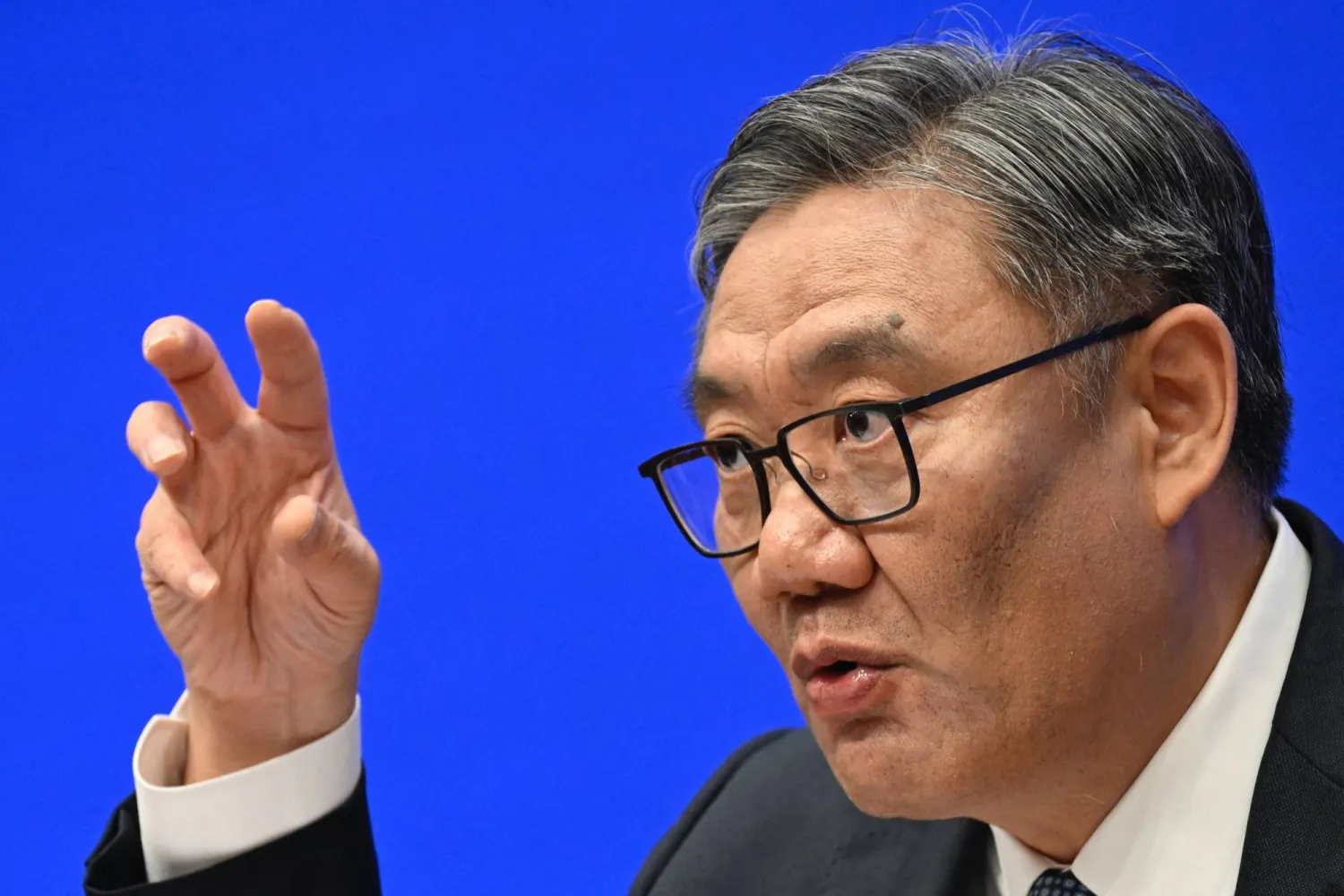Saudi Talaat Moustafa Group announced on Saturday that construction work has commenced on the “Banan City” Project in Riyadh’s northeastern Al-Fursan suburb.
The company stated that operations are underway around the clock, adhering to construction schedules and plans. Heavy and operational equipment are fully deployed to deliver units to owners sequentially.
Banan City is set to be a smart city spanning 10 million square meters in northeastern Riyadh.
It aims to offer an unprecedented quality of life to over 120,000 residents within a gated community. The development will integrate cutting-edge smart city technologies with residential privacy and the latest sustainability standards.
In May, the National Housing Company and Saudi Talaat Moustafa Group laid the foundation for “Banan City” and began accepting reservations.
On July 9, the group disclosed to the Egyptian stock exchange that “Banan City,” described as a sustainable city, has achieved unprecedented sales since its launch in May, surpassing the first-year sales target in just two months.
Hesham Talaat Moustafa, Chairman of Saudi Talaat Moustafa Group, projected the project’s revenue at around 40 billion Saudi riyals ($12 billion), with a total investment cost estimated at 31.4 billion riyals.
Construction Begins on ‘Banan City’ Project in Riyadh

Engineers oversee construction work at “Banan City” Project in northern Riyadh (Asharq Al-Awsat)

Construction Begins on ‘Banan City’ Project in Riyadh

Engineers oversee construction work at “Banan City” Project in northern Riyadh (Asharq Al-Awsat)
لم تشترك بعد
انشئ حساباً خاصاً بك لتحصل على أخبار مخصصة لك ولتتمتع بخاصية حفظ المقالات وتتلقى نشراتنا البريدية المتنوعة





